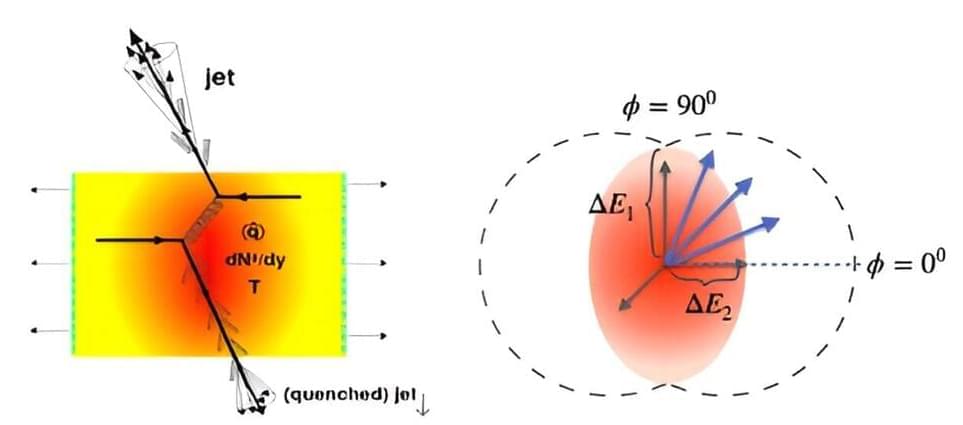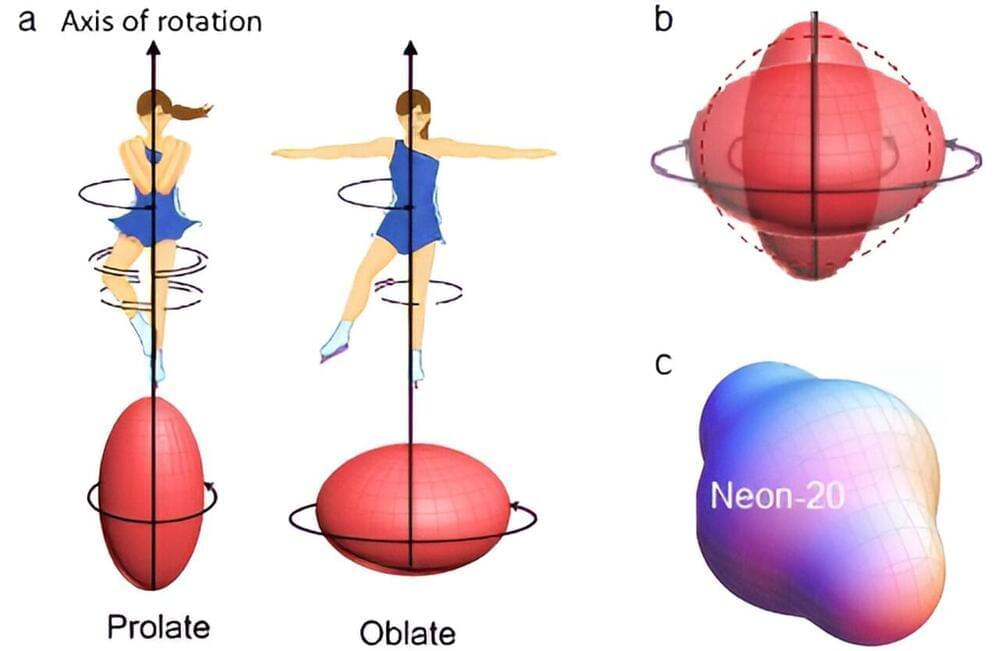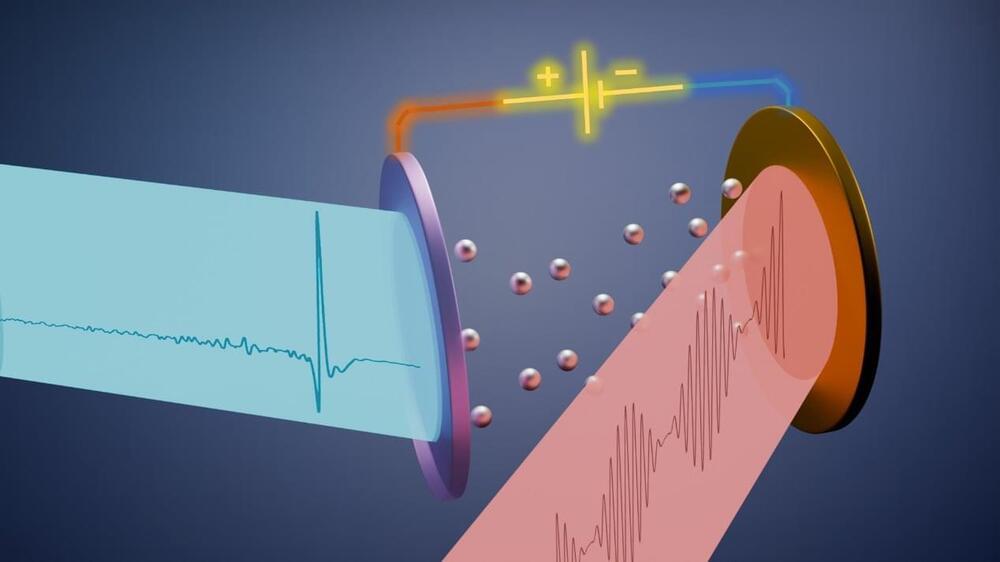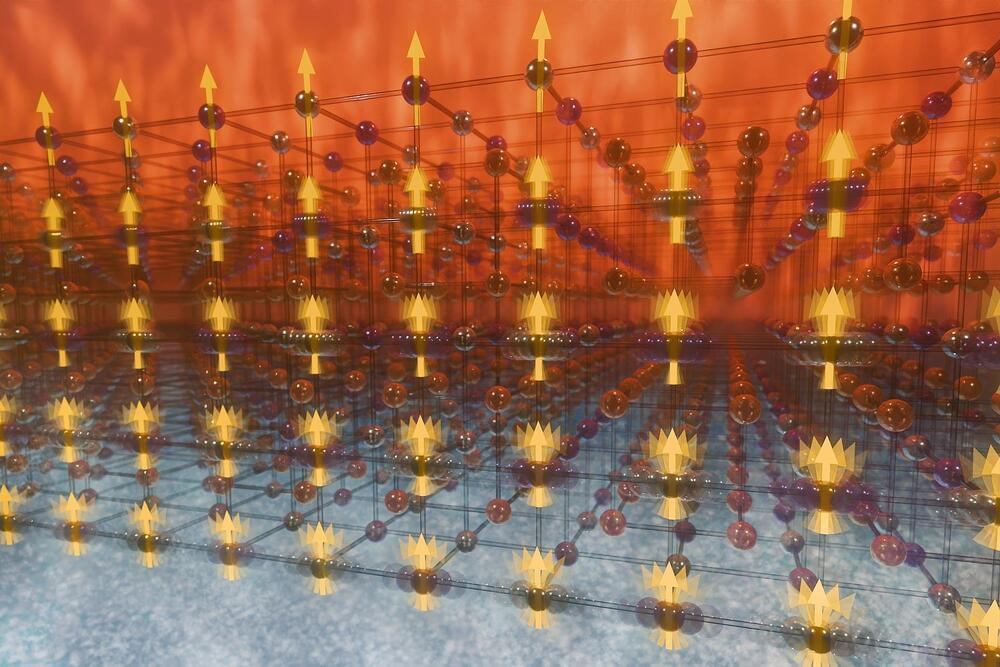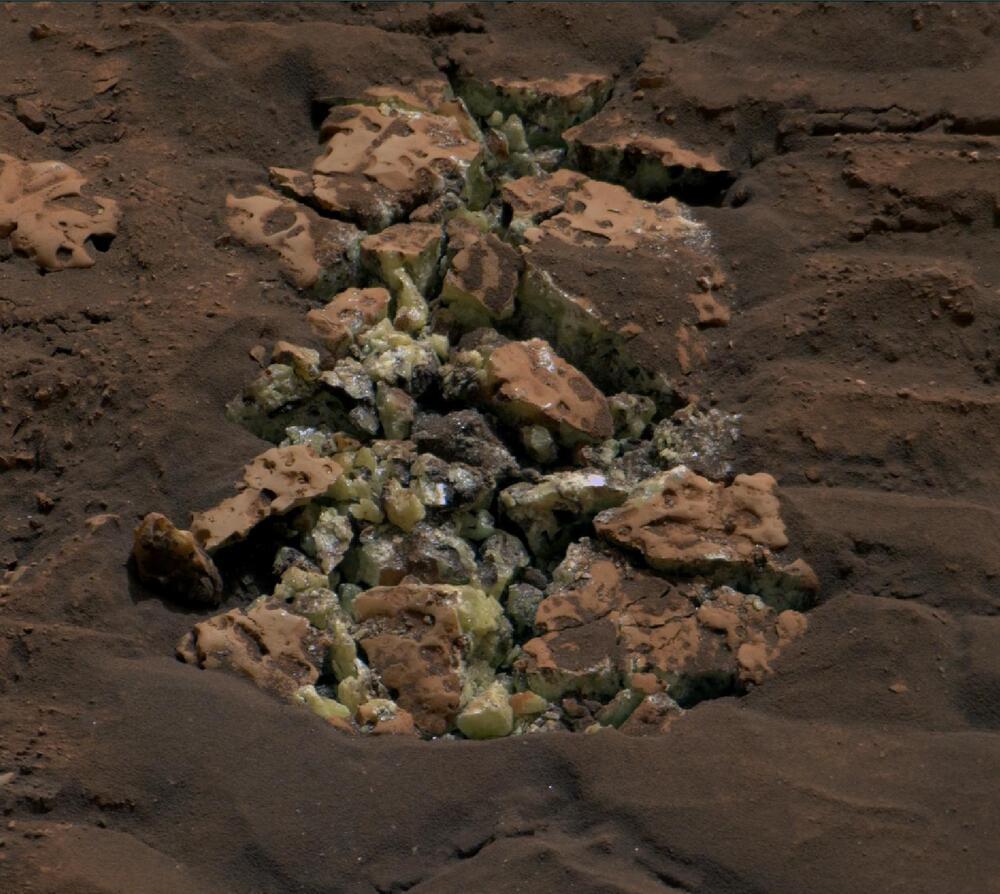Jul 23, 2024
Near-infrared photobiomodulation technique targets brain inflammation
Posted by Saúl Morales Rodriguéz in categories: biotech/medical, life extension, neuroscience
As the world grapples with an aging population, the rise in neurodegenerative diseases such as Alzheimer’s and Parkinson’s is becoming a significant challenge. These conditions place a heavy burden not only on those afflicted but also on their families and society at large. Traditional treatments, including drug therapy and surgery, often come with side effects and high costs, and more critically, they fail to halt the progression of neuronal degeneration or prevent the death of neurons in patients.


